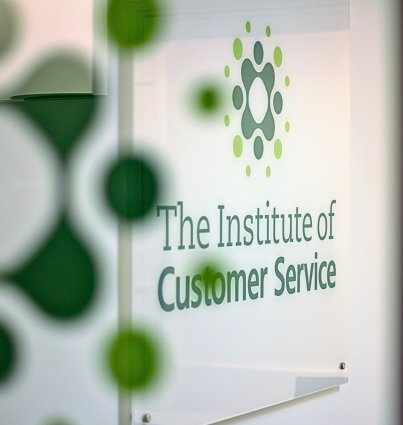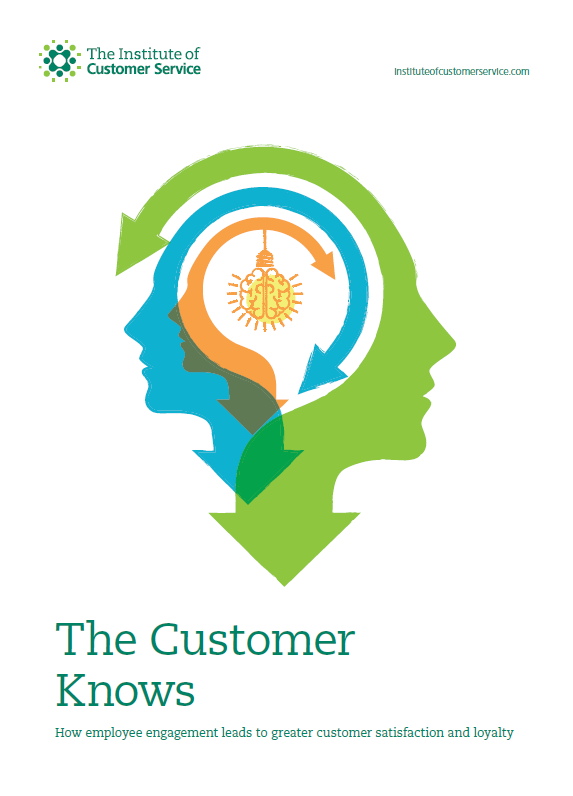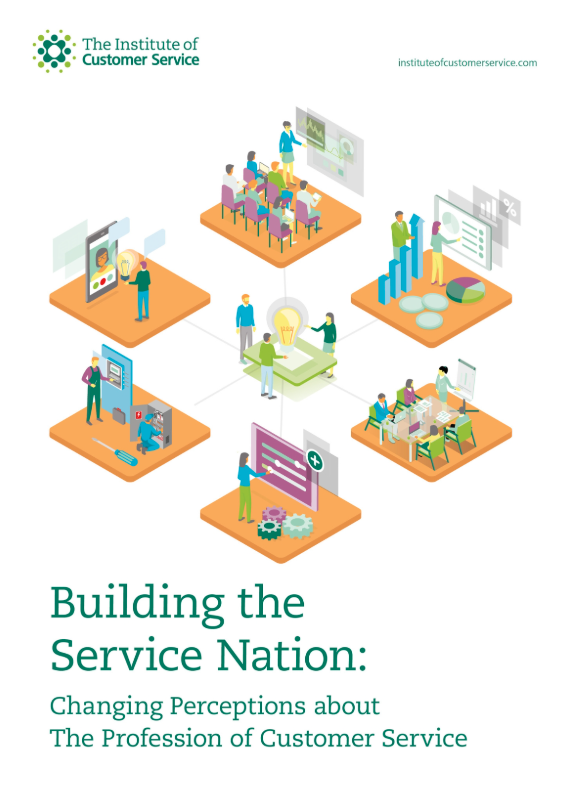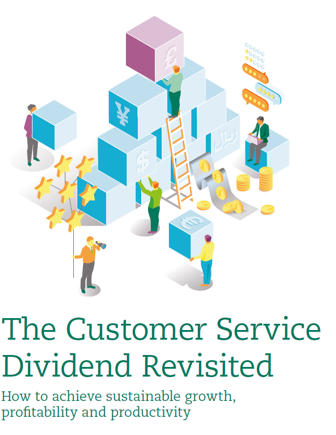- 67% of customers who had a great experience with an employee said they would buy again from that organisation, compared to 11% who had a bad experience.
- 63% of customers who had a great experience with an employee said they would recommend that organisation, compared to 10% who had a bad experience.
Investing in service increases the lifetime value of customers.
The methodology
The following outlines the recommended steps to implement this methodology:
- Configure average customer lifetime value (CLV): Start by calculating the average annual spend per customer and the typical length of time a customer stays with your organisation.
- Establish lifetime value formula: Multiply the average revenue per customer by their average lifespan (or divide by churn rate) to get the total revenue a customer is expected to generate over their relationship with your business
- Implement a service improvement strategy: Introduce a targeted initiative designed to enhance customer experience (e.g. improved frontline training).
- Monitor changes in customer behaviour: Following implementation, track changes in customer spend and retention. A successful strategy should result in customers spending more and staying longer.
- Calculate the impact on CLV: Re-calculate CLV using updated figures post-implementation.
- Determine ROI: Subtract the cost of the service investment from the increase in CLV to determine the return on investment.

An example of how an organisation might use the Customer Lifetime Value metric
A national retailer implemented a new customer care training programme focused on empathy and resolution skills. Over the next 12 months, repeat purchases increased by 15%, and average customer retention rose by one year. Using updated CLV calculations, they estimated an increase of £1.2M in lifetime value across their customer base – significantly outweighing their £300K training investment.
Things to consider
It’s a long-term metric, so while extremely valuable, it may not offer immediate ROI visibility.
Precise tracking of spend and retention is critical to calculating CLV meaningfully.
To isolate the effect of the service improvement, use a test-and-control group model.
Increased CLV should support your strategic growth and customer retention objectives.































